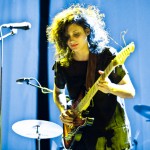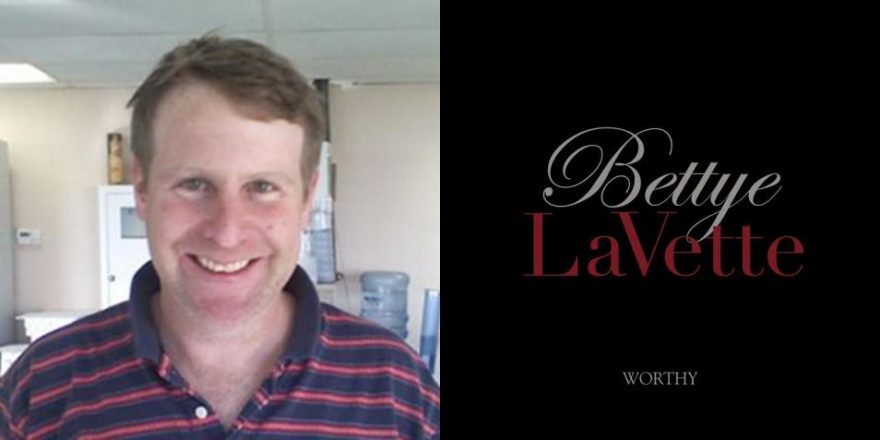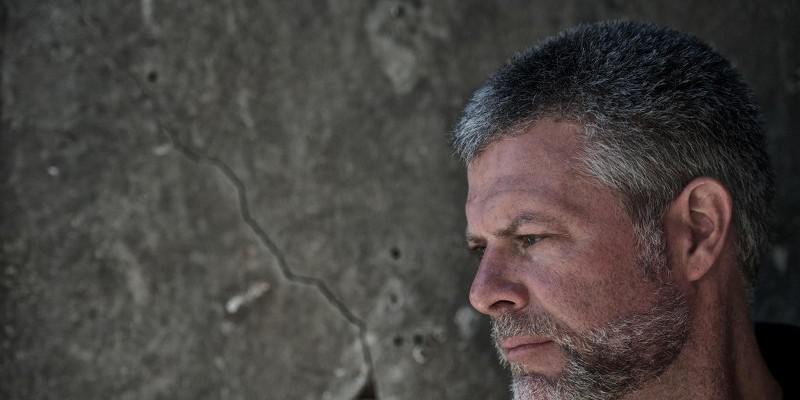When I was a teenager, Betty Carter was my hero. I would sit in my room for hours listening to Finally, Betty Carter (1969), one of the live albums that she released on her label Bett-Carr. For a period in my young life, there existed only her universe of phrasing, tone and sliding through words, her thoroughly original ordering of the cosmos by the placement of her sound. When she sang, she gave time a direction to move in. My young mind was growing within her dimensions. I knew she was an improvisatory giant, a composer and a bandleader, but back then I had no idea that she was a teacher as well. I was just listening to her records. I didn’t know that, mid-career, she had started giving workshops in support of her performances and is now widely considered one of America’s most important music educators. I didn’t know that she was releasing her own music (badass) at a time (the ’70s) when labels weren’t interested in putting out her records (fools). As an adult, I’ve found myself in conversations with musicians who refer to playing and working with her as “the Betty Carter School of Music.”
When you start a band, what do you intend to do with it? That’s easy: rock out. To those for whom this is enough — I say right on. But in addition to this timeless answer, what else happens? There are countless examples of musicians and artists who have found something else to do with this fundamental form of expression. But in our particular time of commodified and branded art, what else is there? When you make new original work, what end are you working towards? And whom, if anyone, are you serving? Over time, artists in any field have to diversify their skill sets and revenue streams to avoid coming up short of opportunity or feeling financially pigeonholed into one particular market. But what about diversifying their intentions?
Last fall, I fulfilled a dream that I thought would never happen: I played in a mariachi band, a family-run community band in Los Angeles called the Mariachi Conservatory. Was I any good at it? Not really. Was it super fun? Yes. Did an eight-year-old show me how to strum my nylon-string guitar properly even though I’d been playing it for over 20 years? Yes, and I was schooled. Afterwards I joined him to perform at a free outdoor concert in Los Angeles. Then a week later I found myself in the Arizona desert producing a 20-minute mermaid opera written by traditional Javanese singer Peni Candrarini and Neil Chua, a Malaysian ruan player. It was performed in an outdoor amphitheater with 14 other musicians. My onstage role, among other things, was to play water like an ocean — not to act like water or evoke the essence of water, but to play an ocean with a bucket of water in the desert. The quiet was more intimidating than any amount of people shouting and screaming at a show, and my tub of water was acoustically unforgiving in the desert amphitheater. You could hear every nook and cranny. That was a dream too, but one I didn’t even know I’d had.
Both of these things happened when I was on tour as part of an annual fellowship called OneBeat, designed by Found Sound Nation, which brings 25 musicians from all over the world to make music and promote social engagement in local communities. Besides learning mariachi tunes and producing a desert opera, those 24 other musicians and I also wrote music with and for children, while touring and performing in various band configurations. Sometimes we used the newest computer recording technology and sometimes we used trash; we worked in classrooms, we worked on the street and we worked in nice studios.
I can imagine what it’s like to be a young child or a woman with something to say and then suddenly you have a way in.Among the participating fellows was Maria Gonzalez, (aka Mafer Bandola), a bandola llanera player from Barquisimeto, Venezuela. Before the fellowship started, she had been troubled by the soaring pregnancy rates and gender inequity that she witnessed in Venezuela. So she began formulating a project around the idea of empowering young women and girls to participate in all areas of music performance and creation, in the belief that, if given the opportunity to create projects for themselves, young women might be inclined to follow their creativity to a more productive, community-building end. So, during the OneBeat tour, Maria and two other fellows — Daniela Serna, a percussionist, sound designer and composer from Bogota, Colombia, and Lara Klaus, a drummer, percussionist, composer and educator from Recife, Brazil — formed LaDaMa with the intention of helping empower youth and women in Latin-American communities.
Lara was working as a music educator for adults with special needs and studying music therapy, and Daniela organized ensembles of women who made traditional Colombian music such as gaita and cumbia. The idea of LaDaMa was to tour as a band through their respective countries, giving concerts followed by workshops where participants could play and write their own music and work on personal projects.
OneBeat ended in November and we all returned to our respective countries. I missed writing and playing music with Lara, Daniela and Maria — we had bonded over writing a song called “Confesión,” a tribute to solitude. So a few months later, when they asked me to join LaDaMa, there was no question that I would say yes. We added the U.S. to our list of places to tour.
When they invited me, my mind immediately went to my teenage years, spent writing plays with my friends in our backyards; to my childhood when my parents allowed me to record songs on my Fisher-Price tape recorder; to the hours I spent listening to records by myself in my room. I recalled how little I cared about dating, how much I cared about singing in the blues clubs and how often I hung with my friends making movies. I thought about how, when given the opportunity or encouragement to make something, I tried to take advantage of it; that this was a privilege. Lara, Daniela and Maria felt that they had similar opportunities and utilized them in the same way. We all agreed that these opportunities should exist for adults as well.
But LaDaMa’s intentions are not special. I mean, they are. And they’re not — there are many educators and music activists out there doing work. And there are plenty of examples of making original work while drawing upon a community of artists for guidance and structure. It’s just that I don’t know if we’re really talking about it. There is The Nile Project, a group of musicians from 11 countries bordering the Nile River that tours, writes music together and gives workshops to audiences. Hear Be Dragons, run by Kyla-Rose Smith of South Africa’s Freshlyground, is a community-based education and creative arts program that brings together young people in Cape Town, South Africa, and Brooklyn, New York as they sound-map their neighborhoods by creating original recordings.
It’s hard to explain how powerful it is to see Lara, Daniela or Maria perform when they’re not standing right in front of you. The confidence, the beauty, the nonchalance pouring out; you stand there wondering, how is it possible? I can imagine what it’s like to be a young child or a woman with something to say and then suddenly you have a way in. You feel the sensations thrumming around. There is language now. These impressions never die.
I cannot wait to see how we, as LaDaMa, are in turn transformed by these very qualities that will undoubtedly exist in the work that the youth and women of the communities will be creating in our workshops. I am sure it will be not unlike my relationship with my teenage hero. When I find myself stuck in flat and unyielding ways of giving expression to sound, I listen to Betty Carter again. I listen for the conviction in her voice and the embodiment of her intention. And then I sing.








